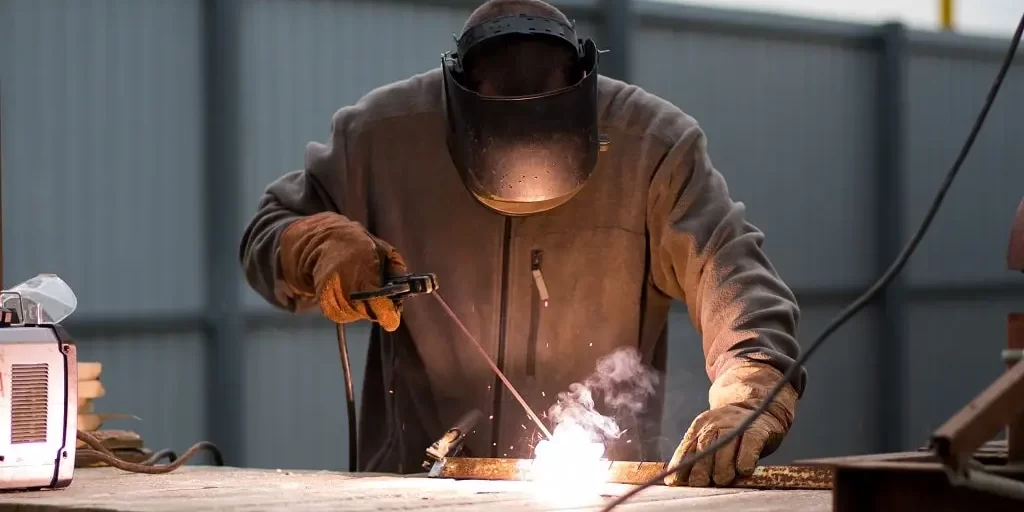5 Tips to Avoid Heat Stroke While Welding this Summer
When temperatures run high, there are precautions workplaces can take to help avoid heat stroke while welding. This summer has already reached unbearable levels with how hot it has been. So, when performing a job such as welding, where intense heat is a regular part of the job, you want to make sure to maintain proper protections.
With decades of experience, Elite Welding & Fabrication has worked in a variety of conditions. We’ve dealt with heat before and have learned some great ways to stay cool while on the job.
Ways to Avoid Heat Stroke While Welding
1. Stay well-hydrated
A simple but important part of staying cool on the job comes with staying hydrated. Protective gear for welding often quickly raises body temperature. When this happens, you rapidly sweat out any fluids you’re consuming. So, you want to make sure to drink enough water to replace them at a steady rate. Avoid any sugary drinks in place of water, as these can also contribute to your dehydration.
2. Take breaks as needed
Make sure to not overwork yourself while welding. Breaks within a shaded or air-conditioned area can contribute significantly to lowering body temperature. Without these cooldown periods, you may reach dangerously high temperatures. These conditions often inevitably lead to heat stroke, so make sure you take the time to rest as necessary.
3. Wear clothing designed to stay cool
Obviously welding gear needs to protect you well enough on the job. But, lightweight and/or breathable materials more easily evaporate sweat and help cool you down. Some brands even provide moisture-wicking fabric that helps sweat evaporate through clothing. These help to cool you down, rather than keep moisture trapped and cause overheating. If your welding requires you to work outside, stick to lighter shades of clothing that reflect sunlight more easily.
4. Increase airflow where you can
Utilizing fans or ventilation systems can help to circumvent overly-hot temperatures indoors. Through increased and correctly placed airflow, you circulate air. This creates a cooling effect that helps you regulate your body’s temperature while welding. Airflow placed in this way also has the effect of reducing or removing welding fumes, if needed.
5. Know the signs of heat exhaustion
The easiest way to avoid heat exhaustion is by knowing what the signs are. By recognizing oncoming symptoms, you can then take precautions to avoid a more dangerous occurrence. Common symptoms include excessive sweating, dizziness, headache, nausea, and rapid heartbeat. By knowing these symptoms you can protect your welding team. Keeping an eye out for any symptoms for yourself or a member of your team will help you all perform safer welding.
Through these tips, you will more easily avoid heat exhaustion while welding this summer. Safe welding practices should always stay the focus while on the job, and precautions against heat exhaustion are one more way you can create a safer work environment. Learn more about best welding practices or hire an experienced welding team focused on safety by reaching out to Elite Welding & Fabrication today!









